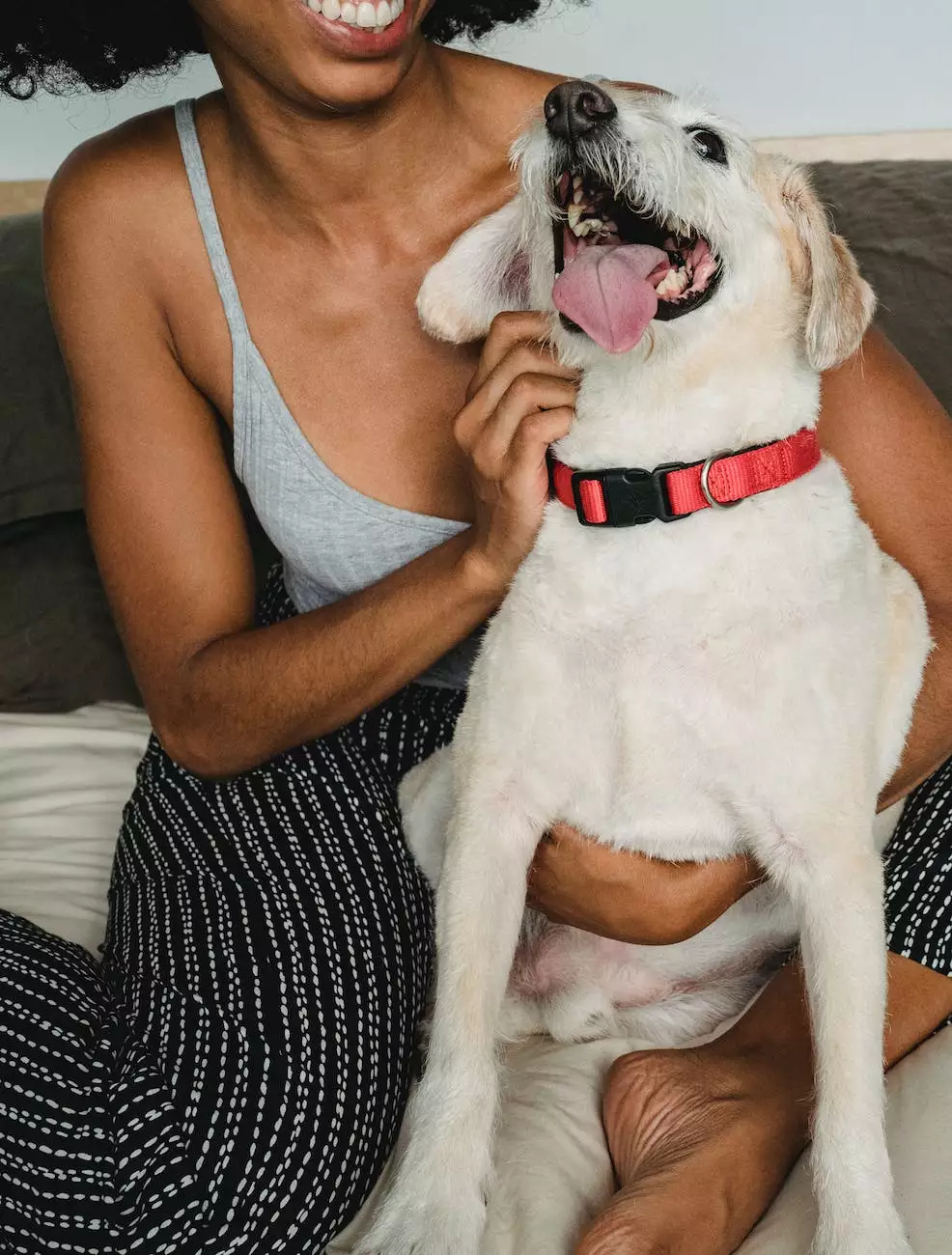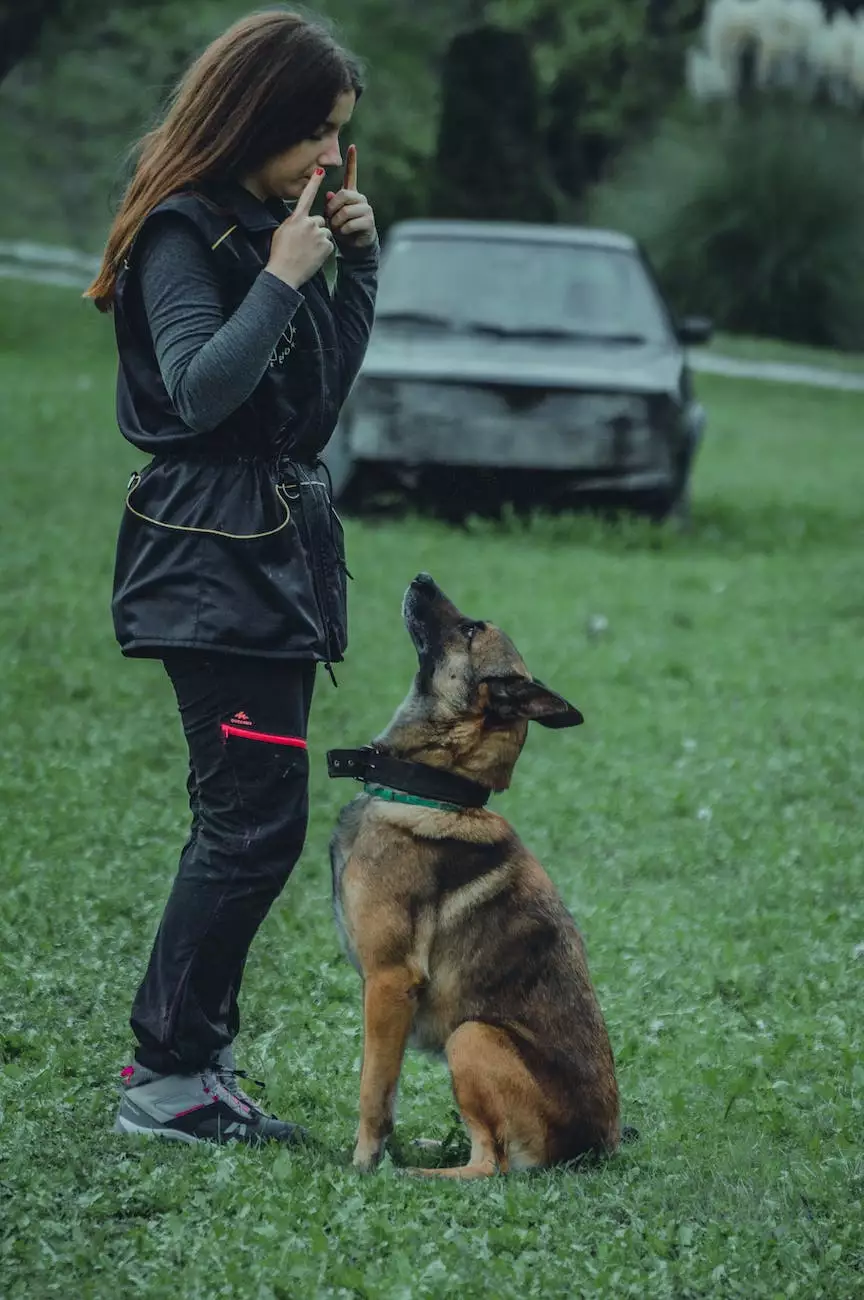Helping a Shy/Fearful Dog
Dog Care
Understanding Shyness and Fear in Dogs
Shyness or fear in dogs can manifest in various ways, such as hiding, trembling, excessive barking, or even aggression. It's important to remember that each dog is unique, and their fears and anxieties may stem from different underlying factors.
Causes of Shyness and Fear
There are several potential causes for a dog's shyness or fearfulness, including:
- Lack of early socialization
- Poor breeding practices
- Past traumatic experiences
- Genetic predisposition
Importance of Patience and Empathy
Helping your shy or fearful dog requires patience, understanding, and empathy. It's crucial to create a safe and supportive environment to help them gradually overcome their fears. Pushing them too far or too quickly can exacerbate their anxiety.
Expert Techniques for Helping Shy/Fearful Dogs
Socialization and Exposure
Socialization plays a key role in helping shy or fearful dogs build confidence. Gradually exposing them to new environments, people, and other animals can help desensitize them to their fears. Start with controlled, positive experiences and gradually increase the level of exposure.
Positive Reinforcement Training
Positive reinforcement training is a valuable tool for helping shy or fearful dogs gain confidence. Rewarding desired behaviors with treats, praise, and affection can help create positive associations and build trust between you and your furry companion.
Counterconditioning and Desensitization
Counterconditioning and desensitization techniques involve gradually introducing your dog to their fears in a controlled and positive manner. By associating their fears with positive experiences, you can help them overcome their anxieties over time.
Building Trust and Bonding
Building trust and strengthening the bond between you and your dog is crucial for helping them overcome their shyness or fearfulness. Spend quality time together engaging in activities they enjoy, such as interactive play or gentle massages.
Creating a Safe Space
Designate a specific area in your home where your dog feels safe and secure. Provide comfortable bedding, toys, and items with familiar scents to create a calming environment where they can retreat when they are feeling anxious.
Utilizing Calming Tools and Supplements
In some cases, using calming tools or natural supplements can support your dog's journey towards overcoming their fears. Consult with a veterinarian to explore options such as anxiety wraps, calming pheromone diffusers, or natural anxiety-relief supplements.
Seeking professional help
If your dog's shyness or fearfulness is causing significant distress or affecting their quality of life, it may be beneficial to seek the assistance of a professional dog trainer or behaviorist. They can provide expert guidance tailored to your dog's specific needs and help you develop a personalized training plan.
Conclusion
Helping a shy or fearful dog requires patience, empathy, and a willingness to understand their unique needs. By utilizing expert techniques such as socialization, positive reinforcement training, and building trust and bonding, you can assist your furry friend in overcoming their fears and building confidence. Remember, every dog's journey is unique, and progress may take time. With dedication and proper guidance from The Upbeat K9, you can help your dog thrive and live a happier, more confident life.




